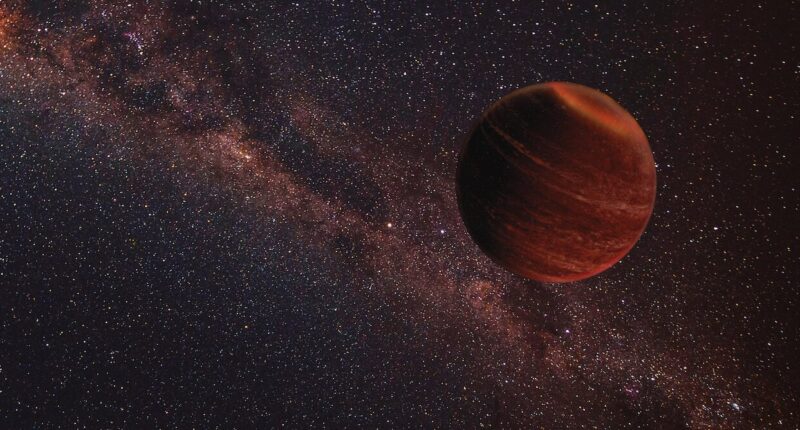RESEARCHERS have uncovered the coldest-known star to emit radio waves.
The star, dubbed WISE J0623, is located about 37 light-years away from Earth in the constellation of Monoceros.
It’s classified as a brown dwarf, which means it’s too small to be a regular star and too large to be a planet.
The findings were published on July 17 in the Astrophysical Journal Letters.
WISE J0623’s temperature is recorded as 700 Kelvin (or 420 degrees Celsius), which is just barely hotter than a pizza oven, researchers noted.
The team detected the “high-proper-motion ultracool dwarf ” via the Australian SKA Pathfinder radio telescope.
The telescope is located at Inyarrimanha Ilgari Bundara at the CSIRO Murchison Radio-astronomy Observatory in Western Australia.
It features an array of 36 antennas, each one measuring 39feet in diameter.
Typically, it’s difficult to detect brown dwarfs in space because of their size and the fact that they’re not very bright.
“These cool brown dwarfs can’t sustain the levels of atmospheric activity that generates radio emission in hotter stars, making stars like WISE J0623 harder for radio astronomers to find,” the study’s authors write for The Conversation.
Most read in News Tech
However, thanks to its magnetic field researchers were able to locate it via radio emissions.
Radion emissions are the result of electrons speeding up and interacting with magnetized gas around the star.
“Despite being roughly the same size as Jupiter, this dwarf star has a magnetic field much more powerful than our Sun’s,” the study’s authors said.
WIS JO623 is just one of a few known ultra-cool dwarfs that generate repeating radio bursts.
And now researchers can use the new findings to learn about the atmospheres and magnetic fields of stars.
Radio emissions could “ultimately tell us more about the potential for life to survive on any planets that orbit them,” the researchers said.








